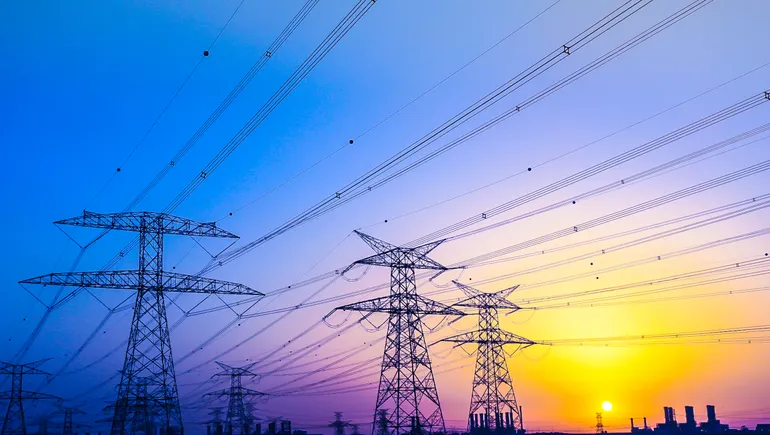Empowering Utilities with Solid Oxide Fuel Cells for Rapid Power Generation
Key Ideas
- Solid oxide fuel cells (SOFCs) offer utilities a fast and efficient way to provide clean and resilient power, surpassing traditional centralized grid approaches.
- SOFCs operate quietly, with high efficiency and reliability, utilizing a solid ceramic electrolyte for electricity generation without combustion.
- Utilities can deploy SOFC systems quickly at customer sites, improving power supply for data centers, manufacturing, and other large-load customers.
- SOFCs are fuel-flexible, operating on natural gas, biogas, hydrogen, or blends, supporting decarbonization goals and emitting minimal pollutants.
The shift towards high electricity consumption driven by AI is challenging the current centralized grid approach to power generation in the US. Utilities are now turning to onsite power solutions, particularly solid oxide fuel cells (SOFCs), due to their efficiency and quick deployment capabilities. SOFCs operate by converting the chemical energy of fuel to electricity through an electrochemical reaction with oxygen, offering a cleaner and more reliable alternative to traditional power generation. These fuel cells are scalable, modular, and can serve as primary power providers, reducing the need for backup options like diesel generators. Utilities benefit from quicker capacity deployment for large-load customers like data centers, while also meeting sustainability goals with fuel flexibility and low emissions. The use of SOFCs by utilities like Consolidated Edison showcases their cost-effectiveness and efficiency, avoiding significant system upgrades in favor of distributed generation projects. Overall, solid oxide fuel cells offer utilities a strategic advantage in providing fast, sustainable, and cost-effective power solutions.
Topics
Utilities
Technology
Sustainability
Energy Efficiency
Electricity
Cost-effective
Decentralized Power
Resilient Power
Latest News
